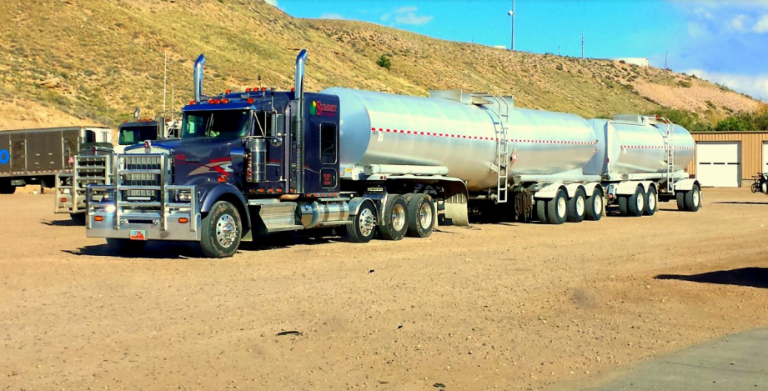Becoming an Oil Field Driver: Essential Training and Skills

The oil industry is a vital part of the global economy, and oil field truck drivers play an essential role in the transportation and distribution of oil and gas products. These drivers operate specialized vehicles to move heavy equipment, haul crude oil, and transport refined products from oil fields to refineries, storage facilities, and distribution centers. If you’re considering a career as an oil field driver, you’ll need a combination of specialized training, licensing, and skills. In this article, we’ll explore the steps you need to take to become an oil field truck driver and the resources available to help you succeed in this rewarding career. If you would like more information about licensing, please check out our CDL Training Requirements.
Step 1: Acquire the Necessary Licenses
To become an oil field driver, you’ll first need to obtain a Commercial Driver’s License (CDL) with the appropriate endorsements. In the United States, CDLs are issued in three classes: Class A, Class B, and Class C. Oil field drivers typically require a Class A or Class B CDL, depending on the size and weight of the vehicles they’ll be operating.
In addition to the CDL, you may also need a Hazardous Materials (Hazmat) endorsement if you’ll be transporting hazardous substances, such as crude oil or other flammable materials. This endorsement requires a separate knowledge test and a Transportation Security Administration (TSA) security threat assessment.
Step 2: Complete Entry-Level Driver Training (ELDT)
To help prepare for the CDL exam and acquire the skills needed to succeed as an oil field driver, you should enroll in an Entry-Level Driver Training (ELDT) program. These programs provide a combination of classroom instruction and online learning to ensure you have the necessary knowledge and practical experience to prepare to operate commercial vehicles safely and effectively.
Our online ELDT theory training platform offers comprehensive training materials, covering topics such as vehicle inspection, basic controls, shifting, hazard recognition, and more. Additionally, we provide assistance in finding behind-the-wheel training programs after theory completion, ensuring you gain the hands-on experience needed to excel as an oil field driver.
Step 3: Gain Experience and Develop Specialized Skills
Once you’ve obtained your CDL and completed an ELDT program, it’s time to gain experience and hone your skills as a professional driver. While many oil field driver positions require prior driving experience, some companies offer entry-level positions that allow you to develop your skills on the job.
As an oil field driver, you’ll need to become proficient in operating specialized vehicles, such as winch trucks, vacuum trucks, and hot oil units. Additionally, you’ll need to develop a strong understanding of the oil industry and its regulations, including safety protocols, hazardous materials handling, and environmental guidelines.
Step 4: Network and Apply for Oil Field Driver Positions
Once you’ve gained the necessary experience and developed the required skills, it’s time to apply for oil field driver positions. Networking can be an invaluable tool in finding job opportunities, so consider joining industry associations or attending conferences and job fairs to meet potential employers and learn about job openings.
Thrive
A career as an oil field truck driver can be both challenging and rewarding, offering competitive pay and the opportunity to work in a dynamic, fast-paced industry. By obtaining the necessary licenses, completing ELDT, gaining experience, and developing specialized skills, you’ll be well-prepared to succeed in this exciting field. So, start your journey today by enrolling in our online ELDT theory training and behind-the-wheel courses to kick start your journey toward a successful oil field driver career.